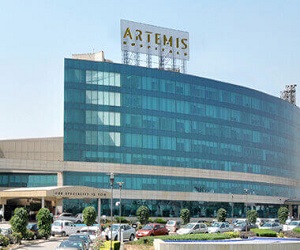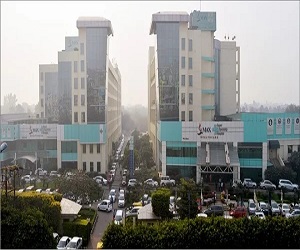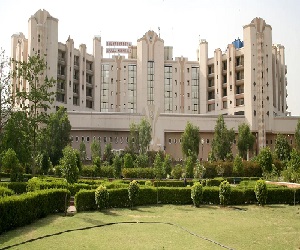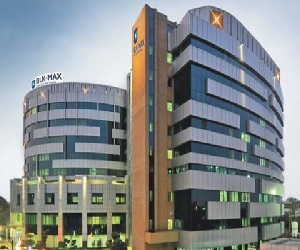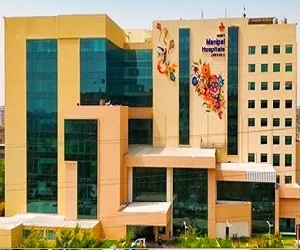In the event of cardiac arrest, the first course of action is CPR (cardiopulmonary resuscitation), which serves as the primary treatment to temporarily sustain heart function until advanced medical assistance is available. If accessible, ventricular defibrillation using an external defibrillator machine may be administered either before or after CPR. This procedure aims to restore a normal heart rhythm, thus preventing further organ damage caused by oxygen deprivation. Trained responders typically perform defibrillation. Following these immediate interventions, immediate hospitalization is necessary. Medical professionals will conduct a battery of tests to assess the extent of damage, if any, and may proceed with surgical interventions, such as clot or blockage removal, or prescribe appropriate medications based on their evaluations.
An electrocardiogram (EKG or ECG) displaying signs of no heartbeat or a ventricular arrhythmia serves as diagnostic evidence of cardiac arrest. Additional diagnostic tests for cardiac arrest include MRI, CT Scan, and angiogram of the heart. Predictors of cardiac arrest include symptoms such as chest discomfort, sudden loss of consciousness, absence of breathing and pulse, highly irregular heartbeats, and pain radiating to the left arm.
Cardiac arrest is fatal if left untreated for more than 2-3 minutes by CPR as ischemia starts affecting the brain in 5 mins with severe brain damage occurring in 8 minutes.
During the preparation of the defibrillator, CPR should be continued. Typically, a default charge of 200 joules is used. Once charged, the pads are firmly pressed onto the chest with a force of 25-30 lbs, ensuring they do not come into contact with ECG electrodes or any metal objects. It’s crucial that no one touches the patient during defibrillation. The defibrillator delivers an immediate electrical current to the myocardium, initiating the electrical signals necessary for the heart to beat. CPR can significantly increase survival rates for cardiac arrest patients, often doubling or tripling them. Defibrillation has a success rate of 72% if performed within the first three minutes, but if 10 minutes elapse, survival rates plummet close to zero. Following defibrillation, the patient is transferred to an ICU for continuous monitoring of vital signs, heart rhythm, oxygen levels, airway, and mental status.
Frequently Asked Questions
Q: What causes cardiac arrest?
A: Cardiac arrest can be caused by various factors, including heart disease, arrhythmias, electrolyte imbalances, drowning, severe trauma, drug overdose, and certain medical conditions like electrolyte imbalances and respiratory failure.
Q: How is cardiac arrest treated?
A: Cardiac arrest is treated with CPR to maintain blood flow and oxygenation, defibrillation to restore normal heart rhythm, and advanced life support by medical professionals. After resuscitation, post-care involves hospitalization for further evaluation and management, including targeted temperature management and cardiac interventions. Long-term care focuses on reducing recurrence risk and improving outcomes through medication, lifestyle changes, and cardiac rehabilitation.
Q: What is the difference between a heart attack and cardiac arrest?
A: A heart attack is caused by a blockage in a coronary artery that restricts blood flow to the heart muscle. In contrast, cardiac arrest is a sudden malfunction in the heart’s electrical system, leading to a sudden loss of heartbeat.
Q: How do I choose a hospital for cardiac arrest treatment in India?
A: Kindly share your report

